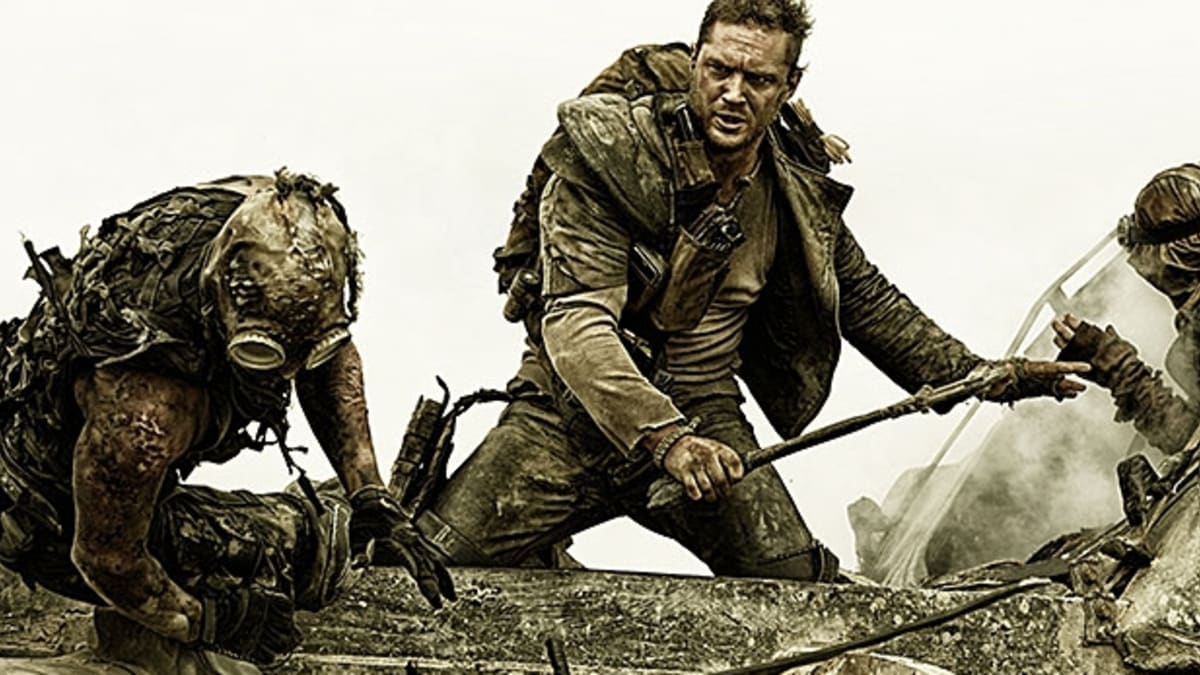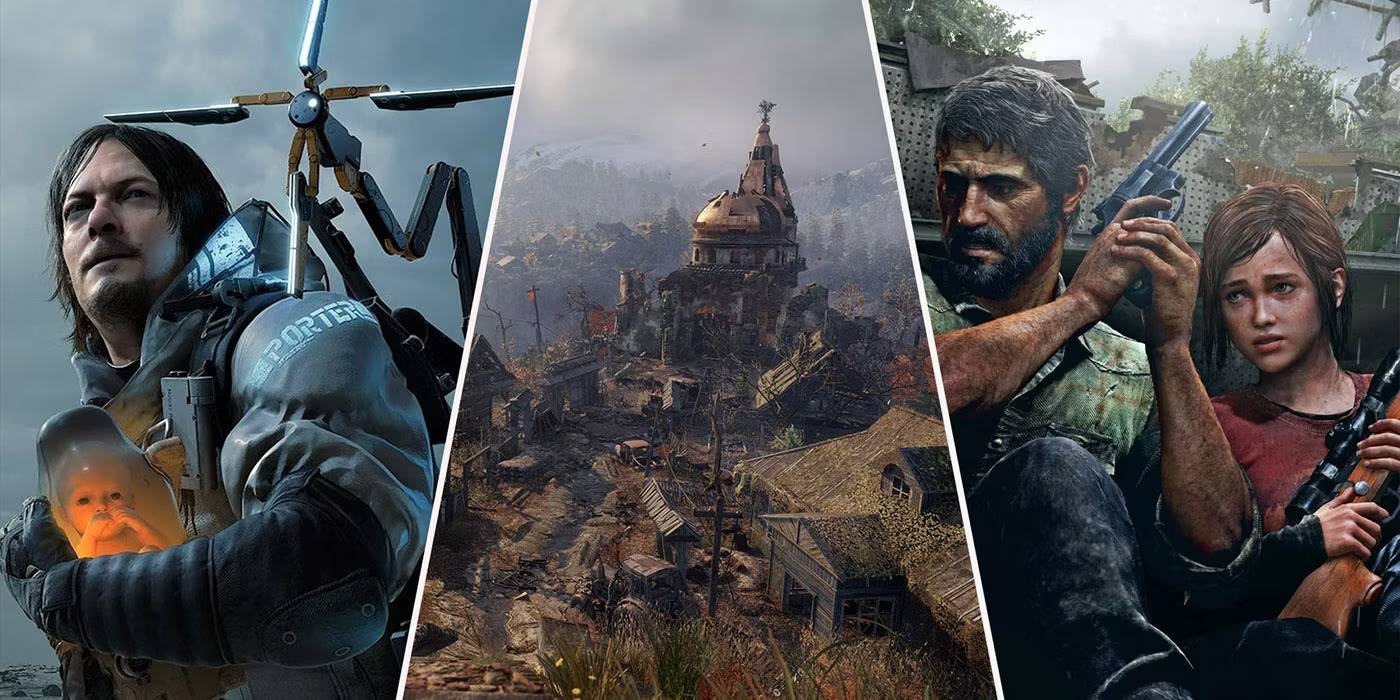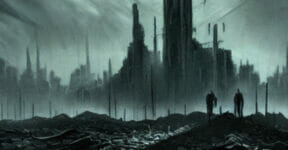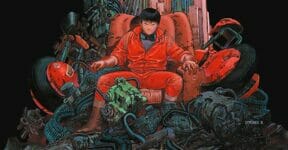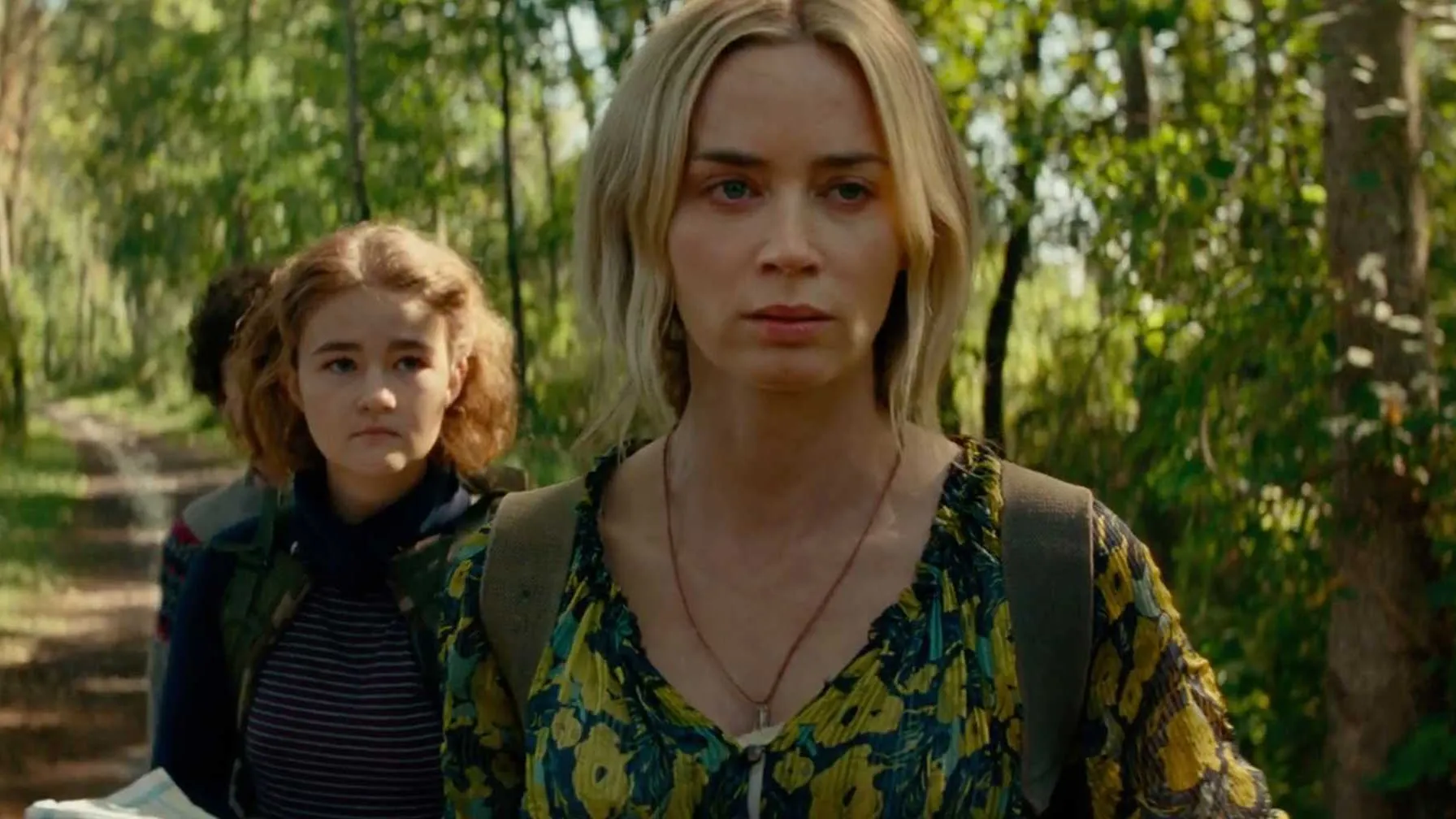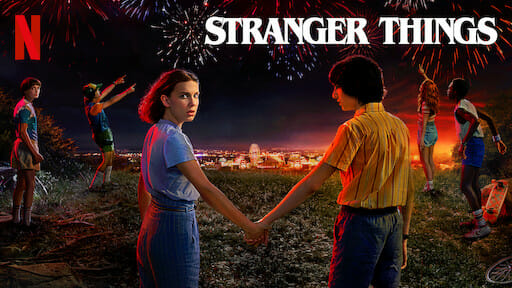In a world filled with uncertainty and the constant threat of disaster, post-apocalyptic movies provide a thrilling and often thought-provoking escape into a world turned upside down. These films take us on a journey through desolate landscapes, where humanity’s resilience and resourcefulness are put to the test. From the adrenaline-pumping action of “Mad Max: Fury Road” to the hauntingly bleak vision of “The Road,” the post-apocalyptic genre has given us some of the most memorable and impactful films in cinematic history. In this blog, we’ll explore 25 must-watch post-apocalyptic movies and delve into what makes each of them unique.
Mad Max: Fury Road (2015)
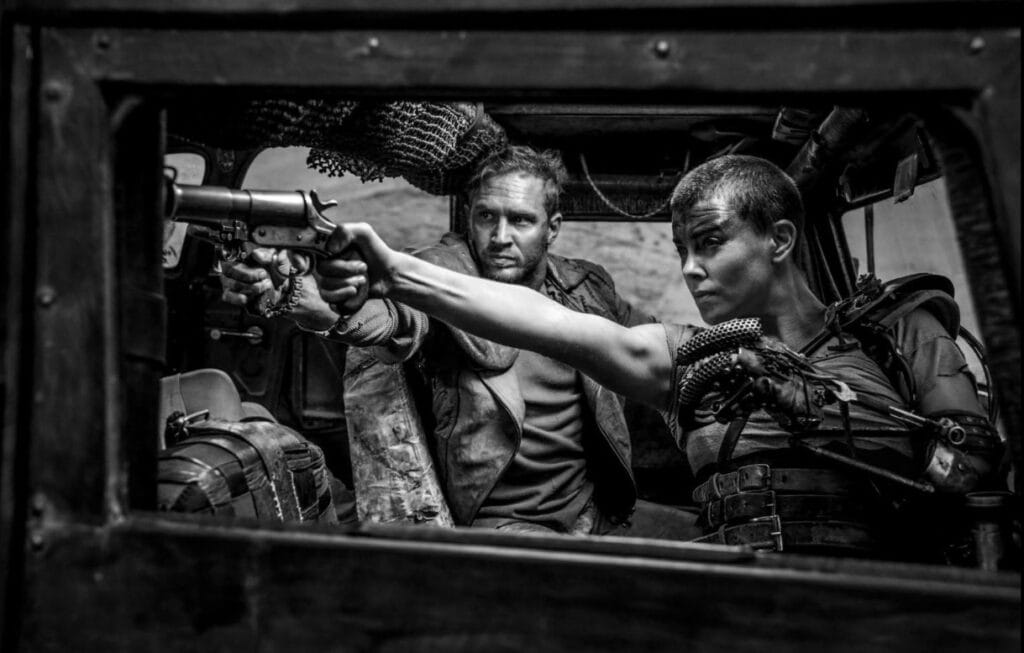
Director George Miller’s “Mad Max: Fury Road” is a high-octane thrill ride set in a brutal, post-apocalyptic wasteland. The film follows the titular character, Max, as he teams up with Furiosa to escape the tyrannical warlord, Immortal Joe. With its stunning practical effects, jaw-dropping stunts, and a feminist undertone, “Fury Road” reinvigorated the Mad Max franchise and set a new standard for action cinema.
The Road (2009)
Based on Cormac McCarthy’s novel, “The Road” is a bleak and haunting exploration of a father and son’s struggle for survival in a world ravaged by an unspecified catastrophe. Director John Hillcoat captures the desperation and fragile hope of the two protagonists as they journey through a desolate, ashen landscape. The film’s emotional depth and harrowing portrayal of humanity’s darkest instincts make it a true standout in the post-apocalyptic genre.
Children of Men (2006)
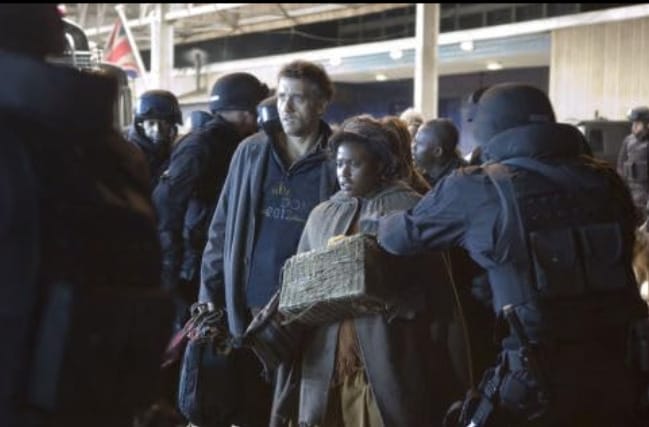
Alfonso Cuarón’s “Children of Men” presents a future where infertility threatens the extinction of humanity. In this bleak world, Theo, played by Clive Owen, is tasked with protecting a pregnant woman, offering a glimmer of hope. The film’s intense, single-shot action sequences and thought-provoking social commentary make it a standout in the genre, addressing themes of hope, despair, and the value of human life.
Snowpiercer (2013)
Bong Joon-ho’s “Snowpiercer” is a unique and visually striking take on the post-apocalyptic genre. The film unfolds entirely on a massive, perpetually moving train that carries the last remnants of humanity. As the train travels through a frozen, uninhabitable world, a class struggle emerges within its confined society. “Snowpiercer” is a thrilling exploration of social inequality and revolution.
I Am Legend (2007)
In “I Am Legend,” Will Smith stars as Dr. Robert Neville, the last known human survivor in New York City after a virus has turned the population into bloodthirsty mutants. Neville is dedicated to finding a cure and maintaining his sanity while facing the isolation and dangers of a deserted city. Smith’s powerful performance and the film’s eerie atmosphere make it a compelling entry into the post-apocalyptic genre.
The Book of Eli (2010)
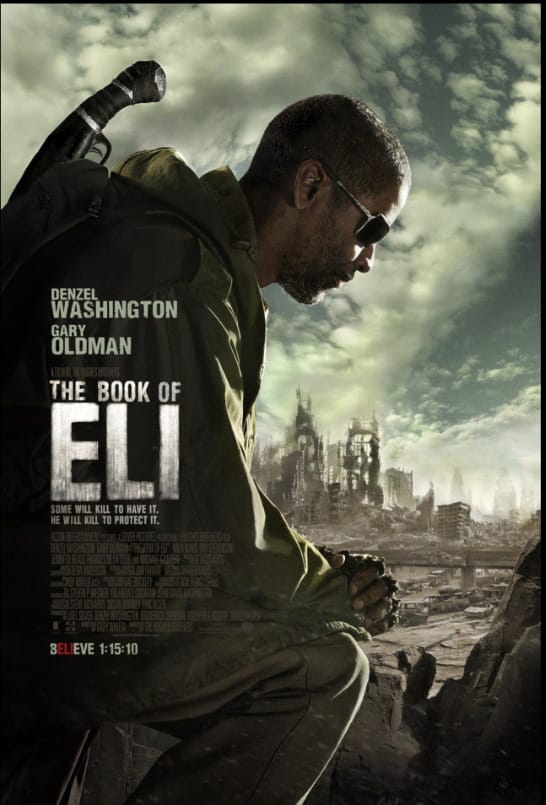
Denzel Washington stars as Eli, a lone wanderer in a post-apocalyptic world, on a mission to protect a sacred book that may hold the key to humanity’s survival. The film combines action with spiritual themes and features a memorable twist ending. “The Book of Eli” explores the enduring power of faith and knowledge in a world stripped of both.
The Day After Tomorrow (2004)
While not a traditional post-apocalyptic film, “The Day After Tomorrow” presents a scenario where rapid climate change leads to a new ice age, resulting in a global catastrophe. Directed by Roland Emmerich, the film is known for its spectacular visual effects and disaster sequences, offering a thrilling take on the potential consequences of environmental negligence.
28 Days Later (2002)
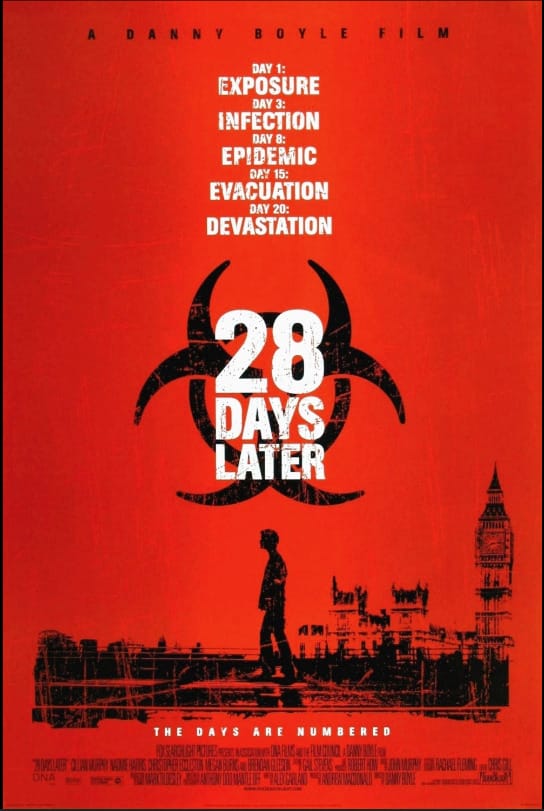
Danny Boyle’s “28 Days Later” reinvigorated the zombie subgenre by introducing fast-moving, rage-infected humans as the antagonists. The film follows Jim, a bicycle courier, who wakes up from a coma to find a deserted and dangerous London. “28 Days Later” is a tense and fast-paced exploration of societal breakdown and survival.
The Road Warrior (1981)
This sequel to “Mad Max” sees Mel Gibson reprise his role as the iconic road warrior in a post-apocalyptic Australia. We know the film for its high-octane car chases, unique characters, and memorable costumes. Directed by George Miller, “The Road Warrior” is a classic of the genre that helped define the dystopian wasteland aesthetic.
The Postman (1997)
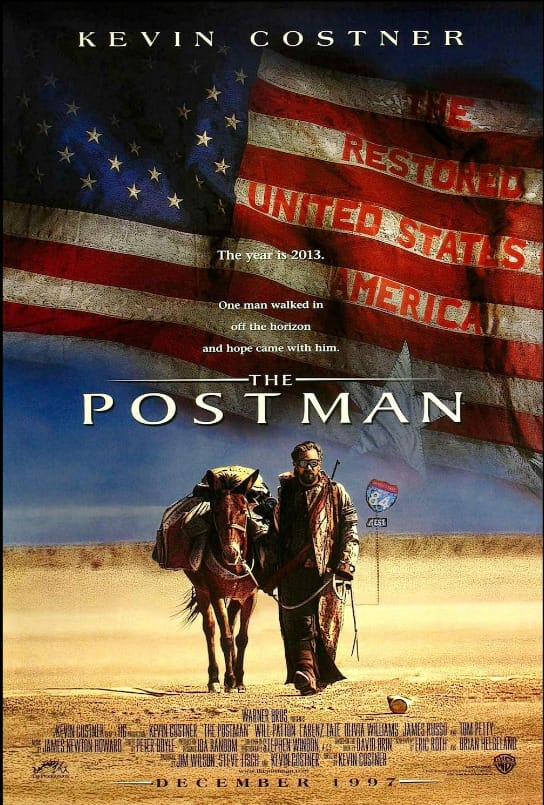
In “The Postman,” Kevin Costner plays a drifter who stumbles upon a postal worker’s uniform and, inspired by the hope it represents, sets out to restore communication and hope in a post-apocalyptic America. While the film received mixed reviews upon release, it explores themes of leadership, community, and the importance of preserving culture in dire circumstances.
The Maze Runner (2014)
Based on James Dashner’s novel, “The Maze Runner” follows a group of young adults trapped in a mysterious maze with no memory of their past. As they attempt to unravel the mysteries of their environment, they face deadly challenges and conspiracies. The film blends science fiction and mystery elements in a unique and suspenseful narrative.
The Hunger Games (2012)

“The Hunger Games” introduces us to a dystopian society divided into districts, where young tributes are forced to compete in a televised battle to the death. Katniss Everdeen, portrayed by Jennifer Lawrence, becomes a symbol of rebellion against the oppressive Capitol. The franchise explores themes of totalitarianism, media manipulation, and the power of resistance.
The Cloverfield Paradox (2018)
Part of the Cloverfield anthology, “The Cloverfield Paradox” takes place on a space station conducting experiments to solve Earth’s energy crisis. When a dangerous mishap occurs, the crew finds themselves in a reality-bending nightmare. The film blends elements of science fiction, horror, and mystery to create a tense and unpredictable narrative.
The 5th Wave (2016)
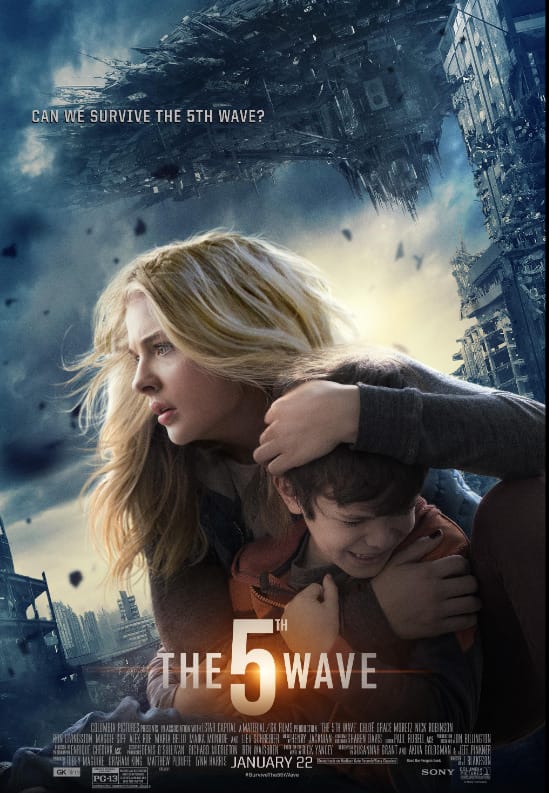
Based on the novel by Rick Yancey, “The 5th Wave” depicts an Earth under attack by extraterrestrial invaders who employ increasingly devastating tactics. The film follows Cassie, played by Chloë Grace Moretz, as she navigates the chaos and tries to reunite with her brother. It explores themes of trust, resilience, and the blurred line between friend and foe in times of crisis.
Zombieland (2009)
“Zombieland” injects humor into the post-apocalyptic genre as it follows a group of survivors trying to navigate a world overrun by zombies. The film’s witty humor, memorable characters, and unique rules for surviving the undead apocalypse make it a fun and entertaining entry in the genre.
A Quiet Place (2018)
Directed by and starring John Krasinski, “A Quiet Place” creates tension through its unique premise: blind but noise-sensitive creatures that hunt by sound plague the world. A family strives to survive by living in silence, communicating through sign language. The film’s minimal dialogue and superb sound design contribute to its suspenseful atmosphere.
Oblivion (2013)
In “Oblivion,” Tom Cruise plays a drone repairman stationed on an abandoned Earth after an alien invasion. As he uncovers the truth about his mission and the world’s past, he becomes embroiled in a complex conspiracy. The film’s stunning visuals and philosophical themes add depth to its action-packed narrative.
War for the Planet of the Apes (2017)
The third installment in the “Planet of the Apes” reboot trilogy, “War for the Planet of the Apes” explores the escalating conflict between humans and intelligent apes. Caesar, portrayed by Andy Serkis, grapples with his own inner turmoil while leading his kind in a struggle for survival. The film blends action and emotion to deliver a compelling story of war and empathy.
The Road to Perdition (2002)
While not a traditional post-apocalyptic film, “The Road to Perdition” is set during the Great Depression and follows a mob enforcer and his son as they go on the run from the criminal underworld. The film’s atmospheric cinematography and exploration of familial bonds in a harsh world make it a standout in its own right.
The Girl with All the Gifts (2016)
“The Girl with All the Gifts” presents a unique twist on the zombie genre by focusing on a young girl with a special condition that holds the key to humanity’s future. As society crumbles, a group of survivors must protect her while facing ethical dilemmas and threats from the infected. The film combines horror and thought-provoking themes of identity and survival.
Dawn of the Dead (2004)
Zack Snyder’s “Dawn of the Dead” is a remake of George A. Romero’s classic and follows a group of survivors who seek refuge in a shopping mall during a zombie apocalypse. The film offers fast-paced action and social commentary on consumerism and human nature in times of crisis.
The Matrix (1999)
“The Matrix” presents a dystopian future where humans are trapped in a simulated reality while machines rule the real world. Neo, played by Keanu Reeves, discovers the truth and joins a group of rebels in a battle against the machines. The film’s groundbreaking visual effects, philosophical themes, and iconic action sequences have made it a cultural touchstone.
A Boy and His Dog (1975)
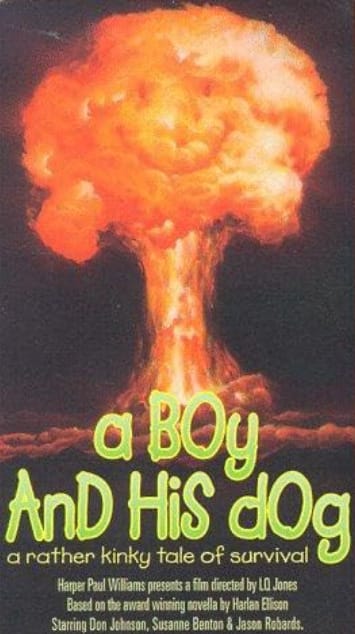
This cult classic follows Vic and his telepathic dog, Blood, as they navigate a post-apocalyptic wasteland in search of food and women. The film’s dark humor and satirical take on survival make it a unique and memorable entry in the genre.
Conclusion:
The world of post-apocalyptic cinema is rich and diverse, offering a wide range of stories that explore the human condition in the face of catastrophe. From the action-packed fury of “Mad Max: Fury Road” to the contemplative despair of “The Road,” these 25 must-watch movies have left an indelible mark on the genre, offering viewers a glimpse into the extremes of human survival, resilience, and the enduring hope that can emerge from the ashes of the old world. Whether you’re seeking thrilling action, thought-provoking drama, or a unique twist on familiar themes, the post-apocalyptic genre has something for everyone. So, grab some popcorn, dim the lights, and embark on a journey into the fascinating and often chilling landscapes of these cinematic masterpieces.
Check out other articles by month:

